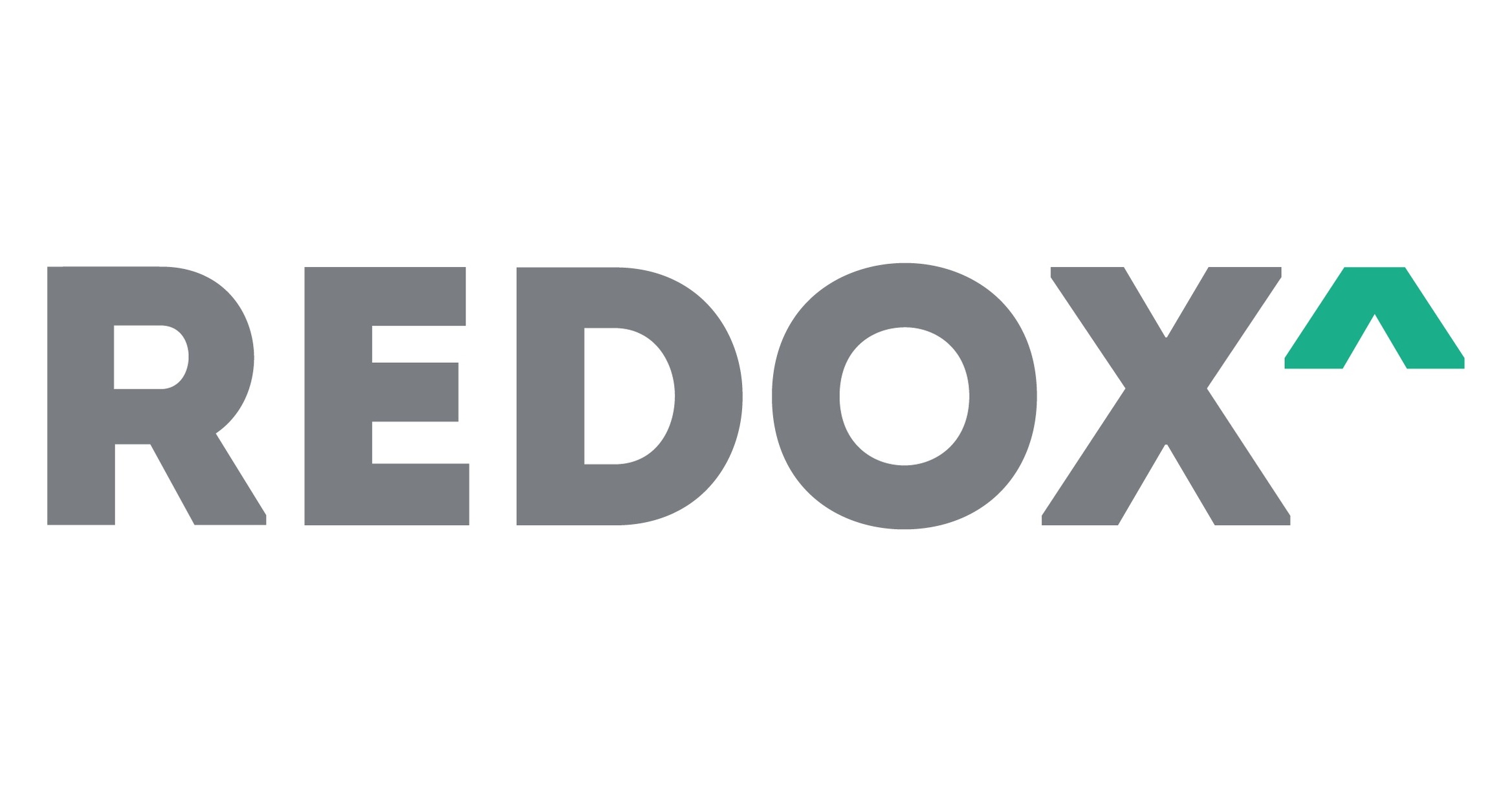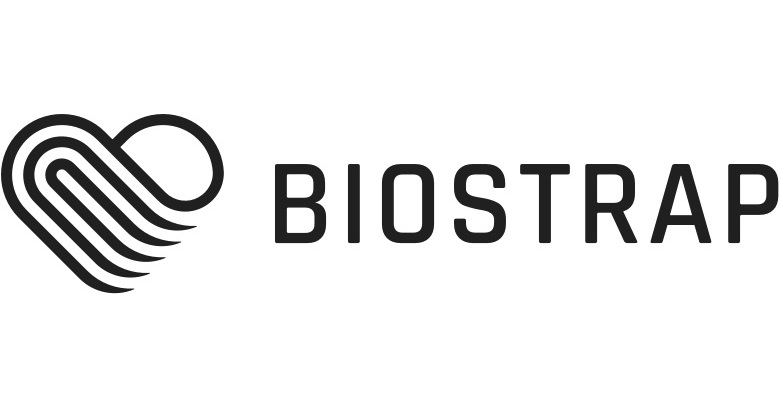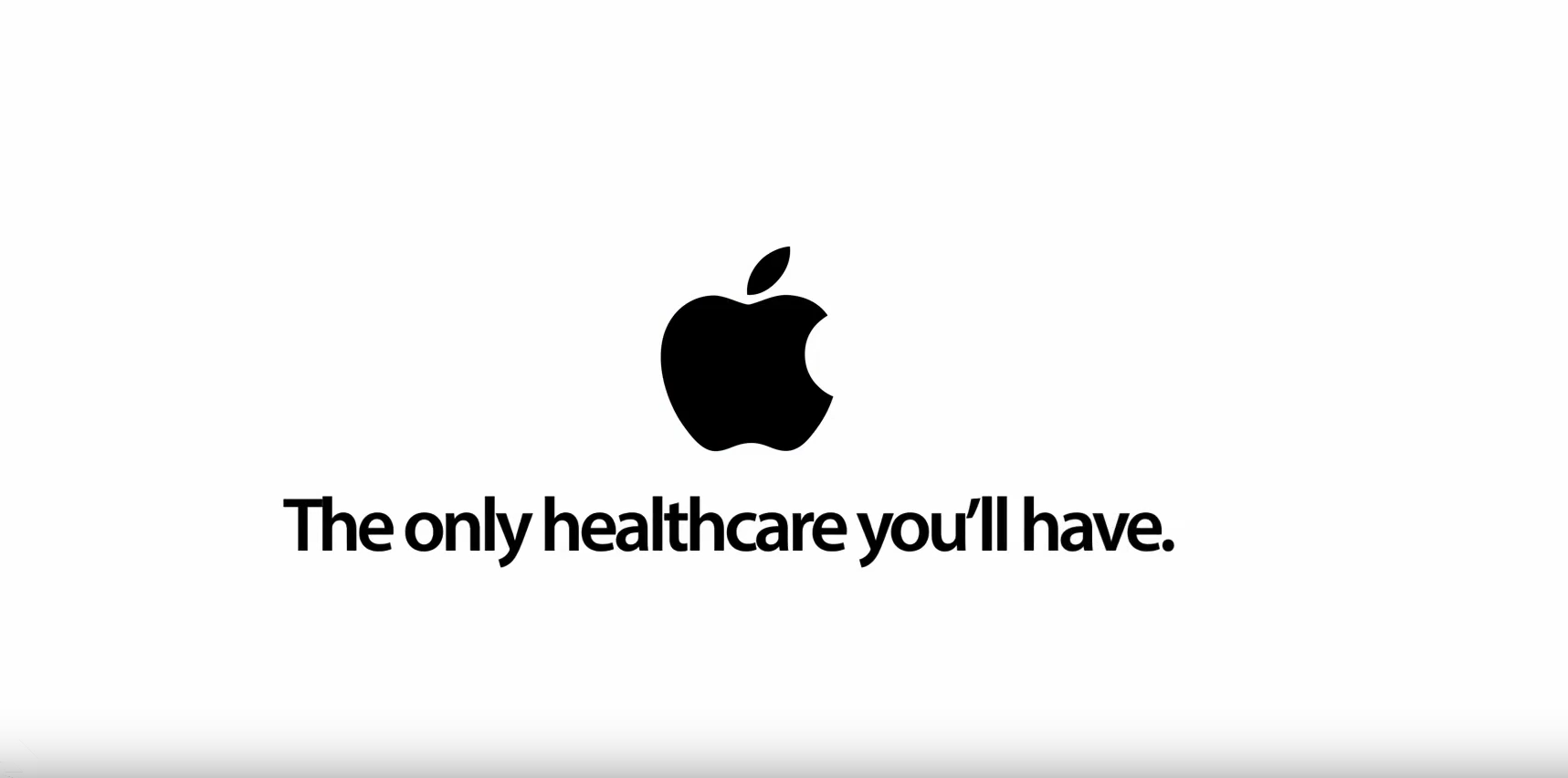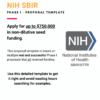In this guide, I ranked and reviewed the 10 best APIs for Digital Health, along with my top 3 choices, so that you can pick the best one for you.
What is an API? Application Programmable Interfaces, API’s, are applications that ensure that other systems can access their data in a consistent and secure manner are known as API-first systems, in modern parlance. The best API analogy is a restaurant where the menu is the API, your order is the API call and the food from the kitchen is the response.
When selecting the Best APIs for Digital Health, it’s hard to know exactly what they offer and how the API will fit into the foundation of your business.
These digital health API reviews will give you three simple takeaways:
- How to pick the best digital health API for you.
- What to expect from the API
- How the API fits into your business
Whether you’re just starting a digital health business, or doing some API research, let’s pick the best APIs for digital health that will have the biggest impact on the trajectory of your business
Let’s get started.
What are the Best APIs for Digital Health?
The best digital health APIs become foundational for your business. Whether enabling you to access data, integrate capabilities or seamlessly offer a complete experience, the best digital health APIs allow you to build on capabilities that already exist and not spend time rebuilding what others have figured out already.
My top 3 picks are Ribbon Health, Redox, and Biostrap.
Here are my top 10 picks for the best digital health APIs:
1. Ribbon Health
Ribbon Health is a platform for developers to create healthcare applications that can be integrated with electronic health records. Ribbon Health provides healthcare enterprises with an API layer for accurate data on doctors, insurance plans, and costs & quality of care. Through a seamless API layer, Ribbon Health aims to find and give the most precise and thorough information about providers, locations, insurance plans, and the cost and quality of care. Ribbon fulfills its purpose of making it simple for every healthcare decision to be high-quality, cost-effective, and convenient by offering this infrastructure
- Utility: This API provides access to patient data, including insurance plans, costs and quality of care, and more. Developers can use this platform to create applications that help healthcare providers manage patient information in a secure and compliant manner.
- Reach: Ribbon’s API also provides features such as AI-based virtual assistants, analytics dashboards, real-time notifications, and more. This platform enables developers to quickly access the data they need for creating safe and secure applications.
- Documentation: The Ribbon API has robust and comprehensive documentation available. The documentation is well-written, easy to understand, and contains examples that are clear and straightforward. It covers all the features of the API, including how to call methods, configure settings, manage connections, handle errors, and more.
- Price: Pricing is quoted by Ribbon at the moment of subscription.
2. Redox
If you’re looking for EHR interoperability, Redox is the ideal platform. It’s a cloud-based API that helps healthcare organizations manage patient data in a secure and compliant manner.
- Utility: The Redox API enables developers to quickly access, integrate, and transfer health information from multiple sources, including EHRs, practice management systems, billing platforms, and more. This platform helps developers quickly access, store, and transfer medical information in a secure and compliant manner.
- Reach: Biggest Medtech API companies such as Stryker, Omron, and Dexcom work with Redox to deliver healthcare data through the Bluestream API.
- Documentation: The quality and level of documentation available with Redox API are excellent. The documentation covers all the features, functions, and capabilities of the API in detail, including how to set up calls, how to make requests, and how to handle responses.
- Pricing: $45k Platform Access fee (basic access to tech) + Connection fee for per EHR instance usually $7k-$12.5k instead of the Connection fee. Recently started a per-transaction model at $0.08 per call. Redox offers a free trial before it starts charging you for your specific needs.
3. Biostrap
Biostrap developer portal allows developers to create applications that can be integrated with wearable medical devices.
- Reach: It provides access to a range of health data, including heart rate, respiration rate, and more. This API also offers features such as real-time streaming of data, EHR integration, and more.
- Utility: BioStrap API enables developers to quickly access the data they need for creating applications that help healthcare providers track patient health metrics in a secure and compliant manner.
- Documentation: When it comes to documentation, BioStrap provides comprehensive and well-designed guides to help you get up and running quickly. The API reference is complete, with detailed explanations of all the endpoints, methods, parameters, and expected responses for each endpoint.
- Pricing: BioStrap API is completely free to use. All you need is a valid API key from the BioStra website, and you can start using the API for your own projects.
4. Truepill
Truepill API started as a pharmacy platform and has evolved into a powerful healthcare API. Truepill’s platform connects telehealth and pharmacy solutions to power the future of consumer healthcare
- Reach: This platform enables developers to quickly access patient data, process medication orders, and manage medical supply inventory in a secure manner. It also provides features such as HIPAA compliance, real-time tracking of orders, EHR integration, and more.
- Utility: The Truepill API supports the development of applications that enable healthcare providers to manage patient health information in a secure and compliant manner. It also offers analytics tools for uncovering insights from the data.
- Documentation: Truepill API has comprehensive documentation that covers all the features, endpoints, and services available. The API documentation includes detailed descriptions of each endpoint, model, and parameters used in requests, required authentication methods, as well as examples of how to use the API.
- Pricing: The price of Truepill isn’t publicly disclosed. But you can reach them and know their pricing by presenting something based on your needs.
5. Human API
This healthcare API is a real-time digital health platform that allows users to securely access their health data. It enables developers to integrate healthcare records from any source, allowing them to build meaningful applications that use patient data.
- Reach: It establishes a connection between patient portals, hospitals, EMRs, clinics, pharmacies, and other health systems.
- Utility: Health providers can use this API to sync their healthcare data, including medical history, lab test results, e-prescriptions, wearable devices, and sensor data, into a single secure platform. Only authorized users, including practitioners, and healthcare professionals, can access these records for diagnosis and treatment purposes.There is encryption in every healthcare information exchange, and the data is stored securely in the Human API’s cloud databases. This ensures that only authorized personnel can access patient records.
- Documentation: Human API is well-documented and offers a comprehensive developer portal with detailed guides, tutorials, and API references. The documentation is organized into sections, so developers can quickly find the information they need.
- Pricing: The Human API’s platform pricing is designed to adapt to your company’s needs. So you can reach out to their site and get more information.
6. Particle
With the Particle Health API, health businesses and health innovators are able to access and exchange healthcare information safely and securely.
- Reach: It enables developers to integrate EMR/EHR systems, insurance providers, state agencies, health services providers, and other third-party services quickly. Particle Health API provides an automated platform for extracting patient data from a variety of sources, such as physicians’ offices, labs, vendors, payers, and pharmacies.
- Utility: It also provides a secure, HIPAA-compliant environment for exchanging medical data between healthcare systems. Using this API, developers are able to access patient data in real-time, allowing them to build applications that can be used by healthcare providers to improve care coordination, medication management, chronic disease management, and more.
- Documentation: Particle Health provides comprehensive, up-to-date documentation for its API. This includes detailed overviews and references, a full list of endpoints and parameters, code samples in various languages, and an extensive FAQ section to answer common questions.
- Pricing: The Particle Health API does have a cost associated with its use. Depending on what type of product or service you are using, prices may vary. Additionally, usage fees may apply for certain requests and services. It is recommended to contact Particle Health directly for detailed pricing information for specific products or services.
7. Apple Health Records API
The Apple Health Records API is a tool for developers to access medical records on behalf of patients in electronic health record (EHR) systems.
- Reach: It allows healthcare providers to share patient data with other healthcare providers, enabling them to securely and safely access the same information from any certified device. The API enables practitioners to quickly look up a patient’s medication list, allergies, diagnostic tests, and more.
- Utility: It also allows healthcare providers to securely transfer patient records between physician offices and other healthcare facilities. The API is integrated with Apple’s HealthKit framework, allowing developers to build applications that leverage medical records data in a secure manner.
- Documentation: The quality and level of documentation in the Apple Health API is excellent. The official documentation provided by Apple includes clear and comprehensive descriptions of the different data types and how to access them.
- Pricing: There is a cost involved with using the Apple Health Records API. Apple charges developers an annual fee for access to the API and associated services. The exact amount of the fee depends on how much data you need to access, how many users will be accessing the API, and your usage patterns.
8. Google Cloud Healthcare API
Google Cloud Healthcare API offers an enterprise-grade, cloud-based platform for managing and exchanging healthcare data.
- Reach: It enables developers to access medical records, health images, genomics data, clinical codes, and other information securely and in real time. The API provides users with a secure environment so they can share health information between different providers easily.
- Utility: It also allows developers to large aggregate amounts of patient data and use AI to power insights for healthcare applications. In addition, Google Cloud Healthcare API provides powerful tools that enable users to store data in a secure and compliant manner.
- Documentation: Google Cloud Healthcare API provides comprehensive documentation with clear tutorials, guides, and reference material. The documentation covers all aspects of the product, including installation, usage, features, and best practices. It also includes detailed descriptions of APIs for each service, along with code samples and other helpful resources.
- Pricing: The cost of using the API depends on what features and services you use, as well as the number of requests you make. For exact pricing information, contact Google Cloud customer service. Google Cloud does offer several pricing options, making it easier to fit your budget and usage requirements. Additionally, you can use the Google Cloud Platform Pricing Calculator to estimate your costs.
9. Amazon Comprehend Medical API
Amazon Comprehend Medical API is a HIPAA-compliant healthcare API that enables developers to extract relevant medical information from unstructured text.
- Reach: It uses natural language processing (NLP) and machine learning (ML) technologies to identify medical concepts such as diseases, drugs, treatments, symptoms, and more from patient records and other clinical documents.
- Utility: This API can quickly analyze large sets of data in order to gain insights into patient records. It also enables developers to easily identify relevant medical data and use it to develop applications that can help healthcare providers better understand patient health histories, manage chronic conditions, identify potential drug interactions, and more.
- Documentation: This API is well-documented, providing detailed information about how to use the service. The documentation includes a quick start guide and thorough descriptions of features, along with code samples and tutorials.
- Pricing: Each Comprend feature is priced per Unit. Each API request is measured in units of 100 characters (1 unit = 100 characters), with a 3 unit (300 character) minimum charge per request. Unit pricing is $0.0001 up to 10M units. Amazon Comprehend also offers a free tier covering 50K units of text (5M characters) per API per month.
10. Bluestream Health
Bluestream’s API platform is used to securely store and transfer healthcare information between providers.
- Reach: It enables developers to quickly access data from multiple sources, including electronic health records (EHRs), practice management systems, billing platforms, and more.
- Utility: Bluestream’s API also offers features like real-time data streaming, identity management, secure data sharing, and HIPAA compliance. This API enables developers to build applications that allow providers to transfer patient information securely and in a compliant manner quickly. It also provides powerful analytics tools for uncovering insights from the data.
- Documentation: The Bluestream API provides comprehensive and detailed documentation to help developers get started easily. The API reference section includes code snippets, example requests, responses, and descriptions of the different APIs available.
- Pricing: The cost of using the Bluestream API depends on your specific usage and which services you decide to take advantage of. Generally, there is no charge for basic access to the API and its services, but some additional features may require payment or a subscription fee.
Summary
There you have it. The top 10 APIs for Digital Health for 2023.
Healthcare APIs help developers create a broad range of applications that can be used by healthcare providers and patients. These APIs provide access to data from electronic health records (EHRs), practice management systems, telehealth platforms, and more.
They also offer features such as real-time data streaming, HIPAA compliance, analytics tools, secure messaging, EHR integration, and more. By leveraging healthcare APIs, developers can quickly create applications that help improve patient care and provide better services to healthcare providers.
You’re ready to start your development journey armed with a few more insights about the digital health API landscape!
Learn more about making a difference in digital health and which resources might benefit you most – Medtech Founder provides in-depth information that helps you succeed in today’s digital health care.
















